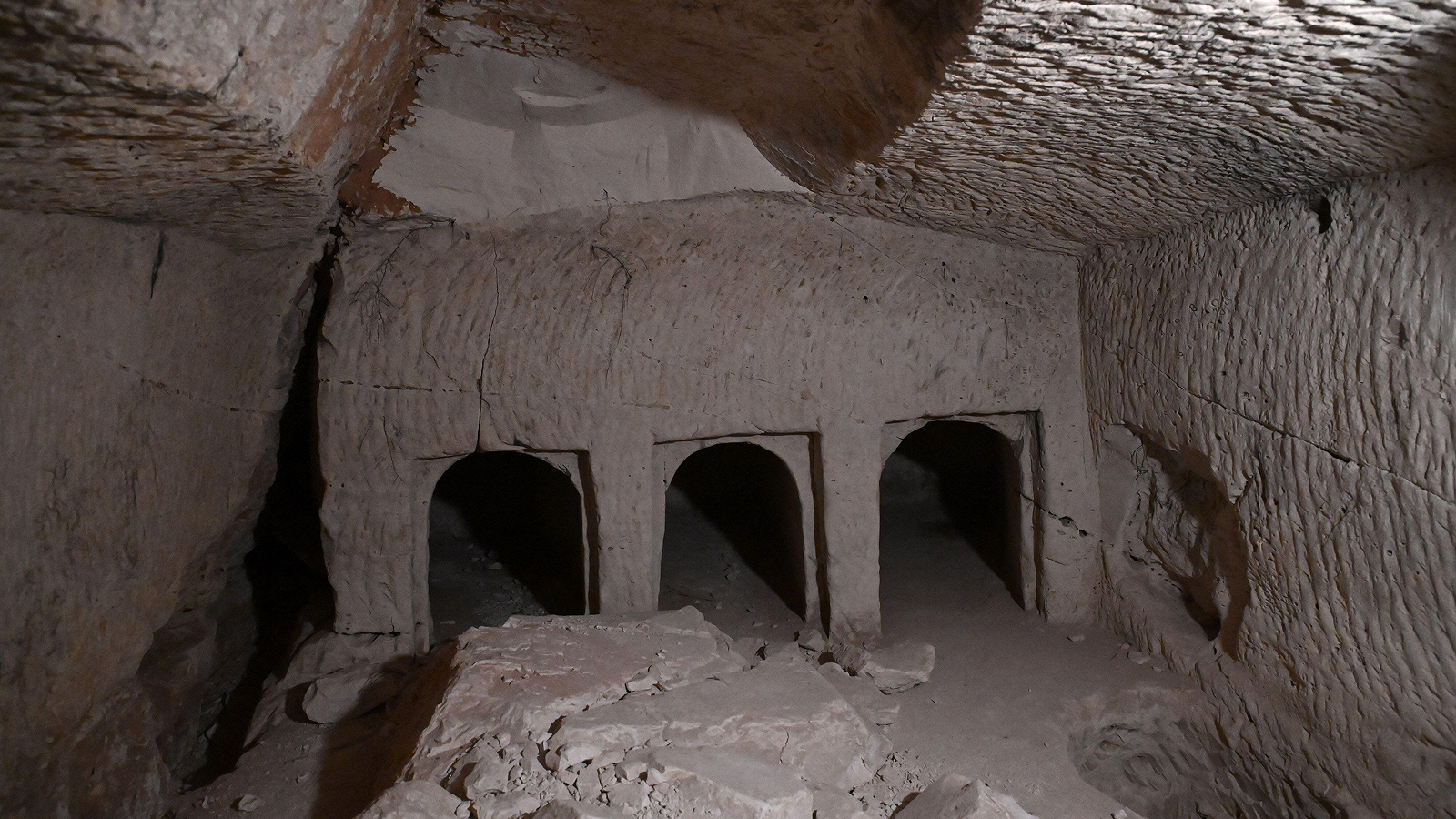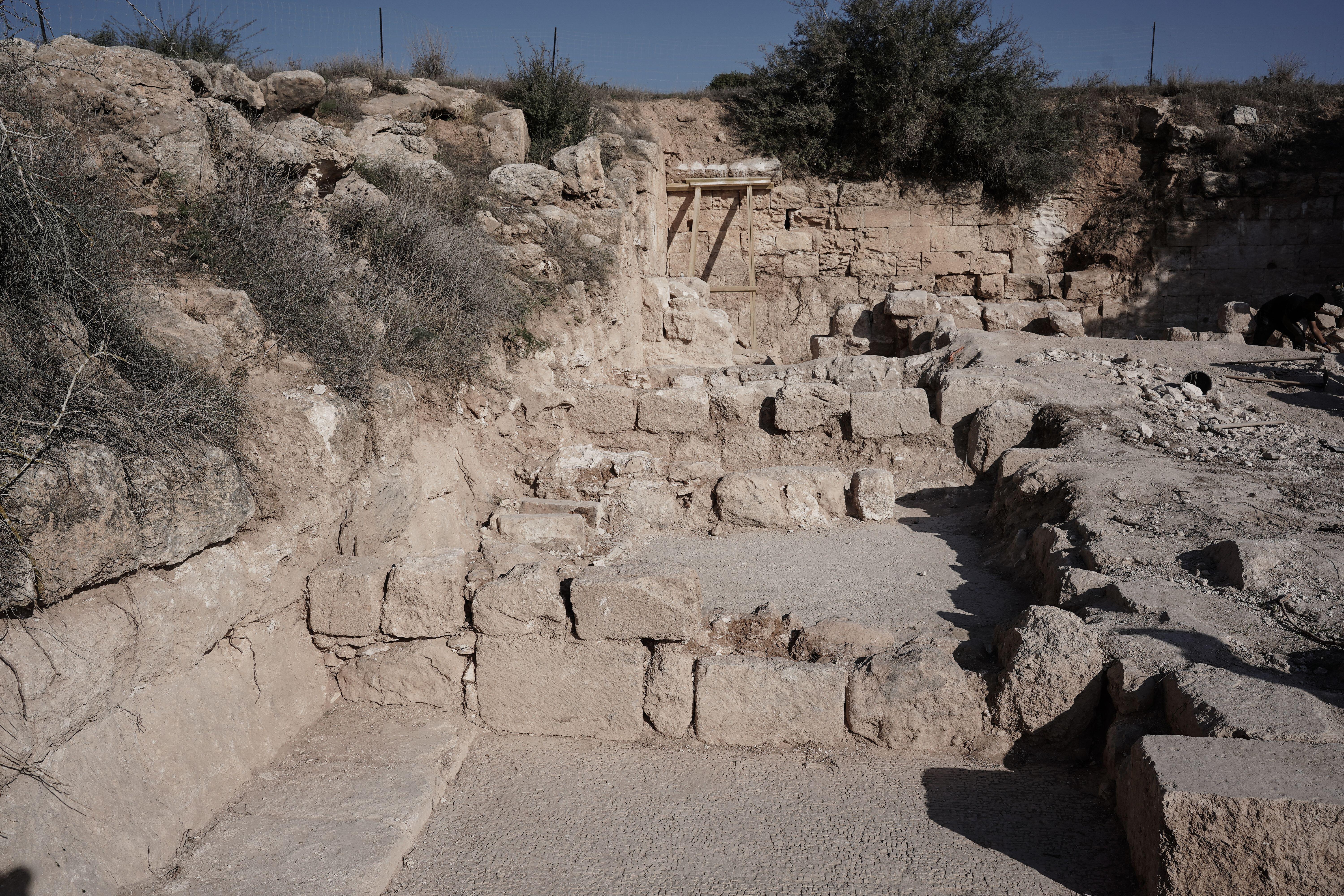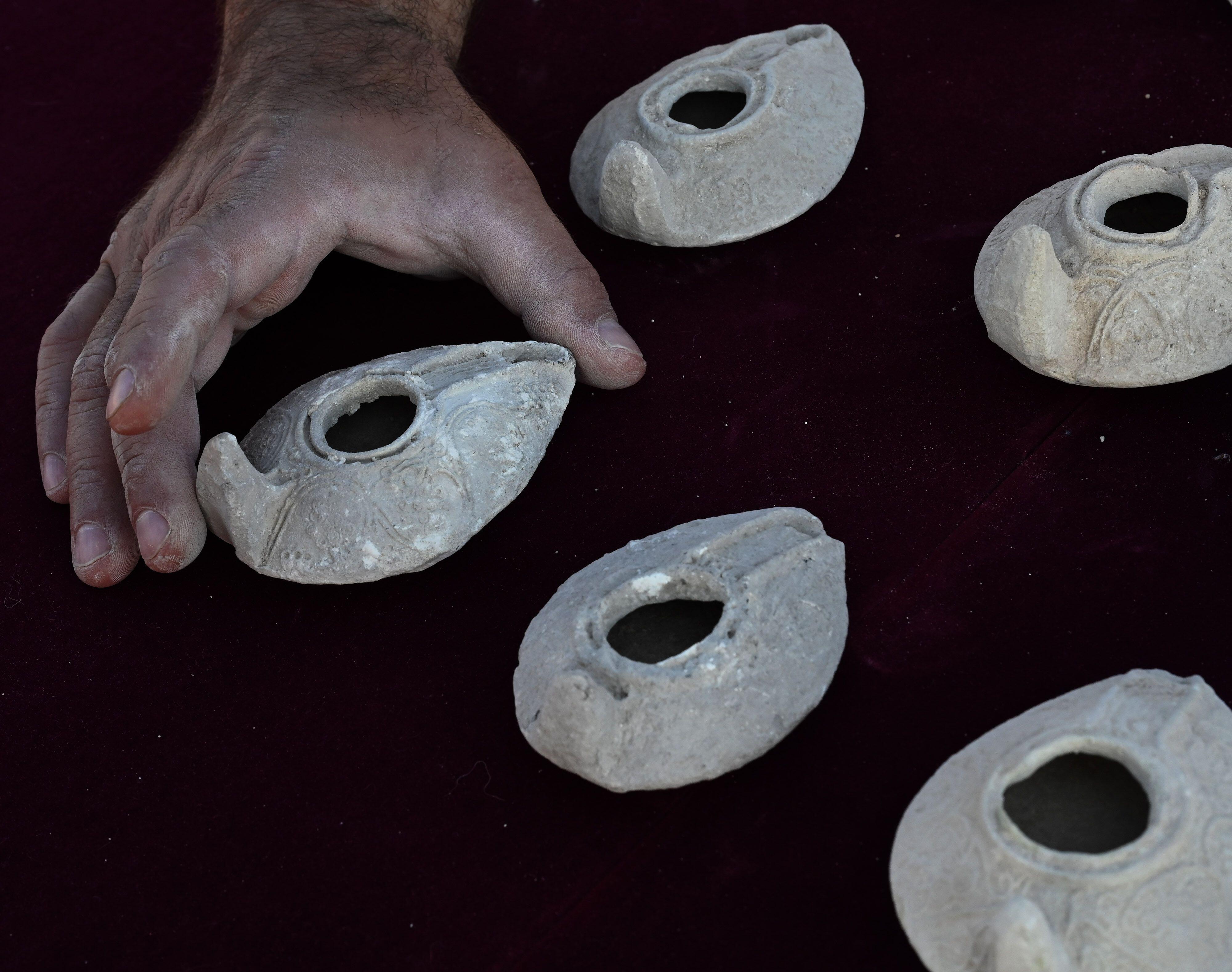Ancient cave burial of 'Jesus' midwife' may actually hold a princess
The site's architecture may indicate the Judaean princess was buried there.

A cave in Israel once thought to be linked to Jesus may in fact be the burial place of another person from his time: Salome, the sister of the Judaean king Herod the Great, a new study finds.
The idea is based on the ornaments and architecture of the site, which archaeologists say indicate that a member of the Herodian royal family may have been buried there in the first century B.C.; Judaea at that time was a client kingdom of the Roman Empire.
But the study's authors say it is possible that a different person named Salome may be buried there.
"It's not that I think it must be the tomb of Salome the sister of Herod," Vladik Lifshits, an archaeologist at the Israel Antiquities Authority (IAA), told Live Science. "I'm suggesting that this is one of the possibilities."
Lifshits is a co-author with IAA archaeologist Nir-Shimshon Paran of the study in the latest issue of the IAA journal 'Atiqot that suggests the "Cave of Salome" may have been the burial place of a Judaean royal.
The cave, about 30 miles (48 kilometers) southwest of Jerusalem, was famous in Byzantine times as a site of Christian pilgrimage, because a woman named Salome (a common name at the time) was said to have been a "midwife of Jesus."
Related: 1,900-year-old papyrus 'best-documented Roman court case from Judaea apart from the trial of Jesus'
Get the world’s most fascinating discoveries delivered straight to your inbox.
Monumental architecture
The identification of the tomb with someone called Salome seems to have come from the discovery there of an ossuary — a casket for bones — labeled with that name. Jerusalem was conquered from the Byzantines by the Islamic Caliphate in the seventh century, but Christian pilgrims seem to have visited the cave until the ninth century. Exactly who is buried in the tomb is not known, however.
Looters rediscovered the cave about 40 years ago, and it was excavated by archaeologists in 1984; the IAA has now included it on the Judean Kings Trail, a 60-mile-long (100 km) route linking several archaeological sites in central Israel.

Artifacts excavated from the cave include hundreds of clay oil lamps from the eighth and ninth centuries, which archaeologists think were sold to Christian pilgrims so they would have light while exploring the dark cave.
Many of the original ornaments have now been stripped away, but Lifshits noted the monumental architecture — including a large courtyard at the entrance — indicated that a member of the royal family may have been buried there. The authors also discovered the remains of several luxurious villas nearby, which indicates the site once belonged to a very wealthy family.
Herodian royals
Herod I, also known as Herod the Great, was a native of the Holy Land's southern Idumean region who rose to power through his family's influence with the Romans and ruled Judaea from about 37 to about 4 B.C.
He appears in the Christian Bible as the jealous king who ordered the execution of all male infants in Bethlehem — an act known as the "Slaughter of the Innocents," which Jesus' family escaped (but most historians don't think this happened).
Despite Herod's savage reputation, he was considered a relatively good king in general.
For example, he was a prolific builder who restored the decrepit Second Temple on the Temple Mount, and the massive rock walls he had built are still standing today as the Wailing Wall in Jerusalem.
One member of the Herodian royal family named Salome was Herod's sister, a key figure in his court; and reports from the time say she colluded with him in the executions of other family members.
But Herod's granddaughter was also named Salome; according to the Christian Bible, she ordered the execution of John the Baptist, a Jewish preacher and associate of Jesus, and demanded that his head be brought to her on a platter.

The elder Salome died in about A.D. 10; historians think the younger Salome died in the 50s or 60s A.D.
Archaeologist Boaz Zissu of Israel's Bar-Ilan University who was not involved in the study, said the idea that the person buried in the Cave of Salome may have been Herod's sister was interesting but not conclusive.
"The authors correctly identify the original phase as a monumental tomb belonging to local elites of the Herodian period," he told Live Science in an email. But establishing that the tomb was for the Herodian Salome would demand "more rigorous evidential support," he said.
What do you know about Jesus Christ, the man? Test your knowledge of biblical archaeology
Tom Metcalfe is a freelance journalist and regular Live Science contributor who is based in London in the United Kingdom. Tom writes mainly about science, space, archaeology, the Earth and the oceans. He has also written for the BBC, NBC News, National Geographic, Scientific American, Air & Space, and many others.
You must confirm your public display name before commenting
Please logout and then login again, you will then be prompted to enter your display name.
